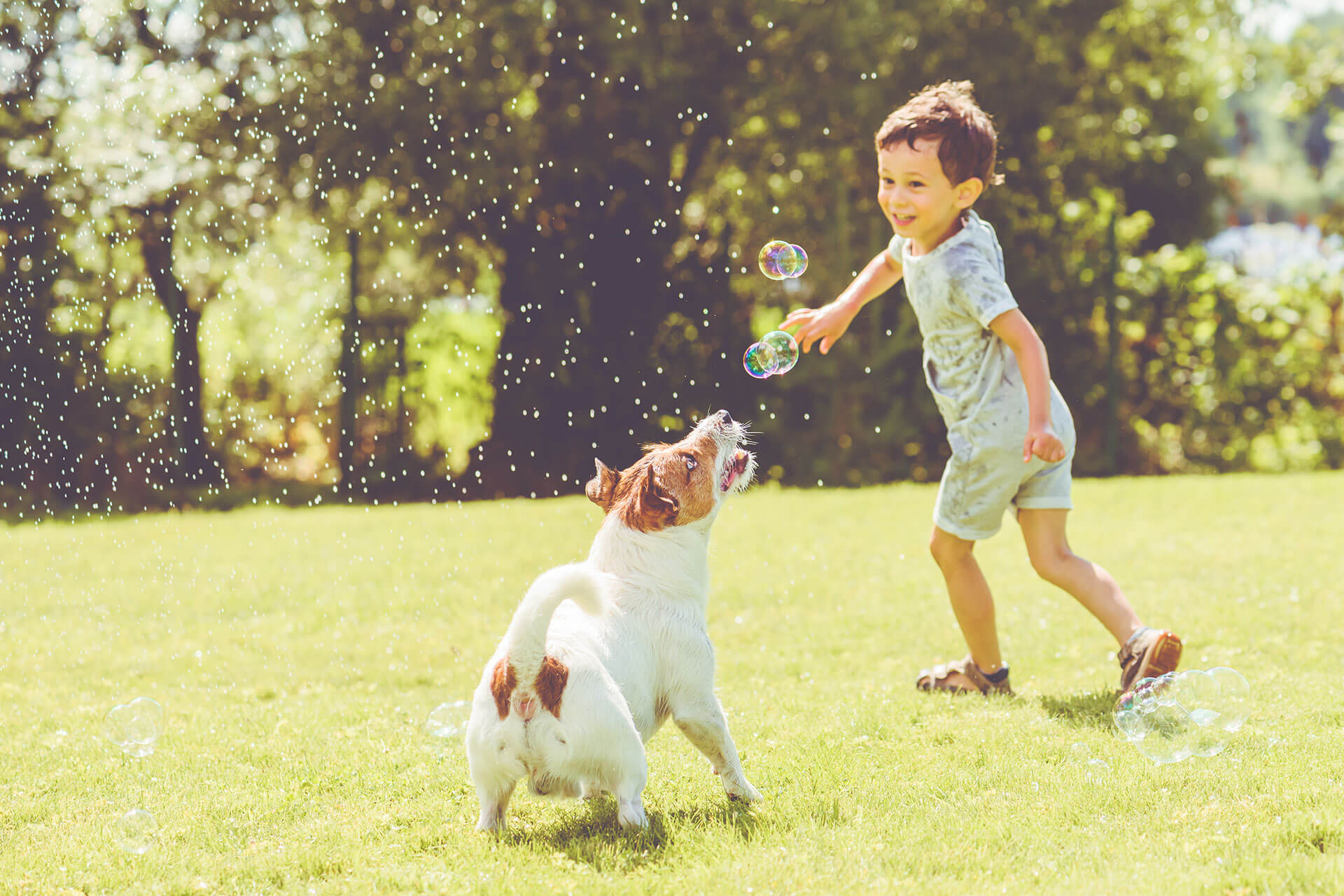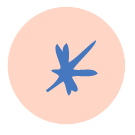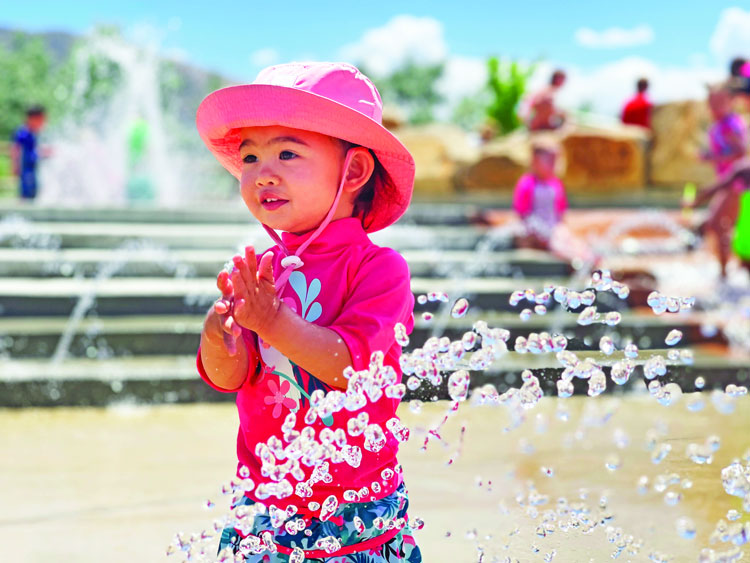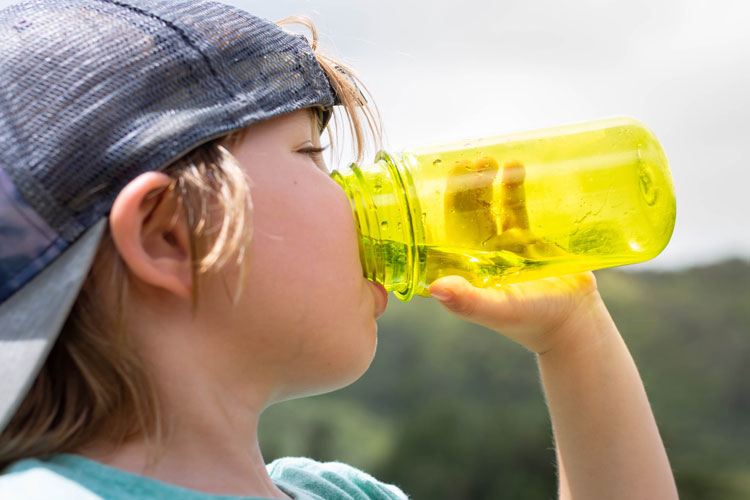El sol es esencial en nuestra vida.
Nos da luz, nos calienta, ayuda a que las plantas produzcan alimentos, afecta nuestros patrones de sueño y nos da vitamina D. Pero también puede provocar quemaduras, deshidratarnos e incluso causar problemas de salud que aparecerán mucho más adelante.
Es importante protegernos y proteger a nuestros hijos de los dañinos rayos UV mientras disfrutamos de la luz solar y nos divertimos al aire libre. Siempre que sea posible, debes evitar las actividades al aire libre entre las 10:00 a. m. y las 4:00 p. m. cuando el sol está más fuerte.




